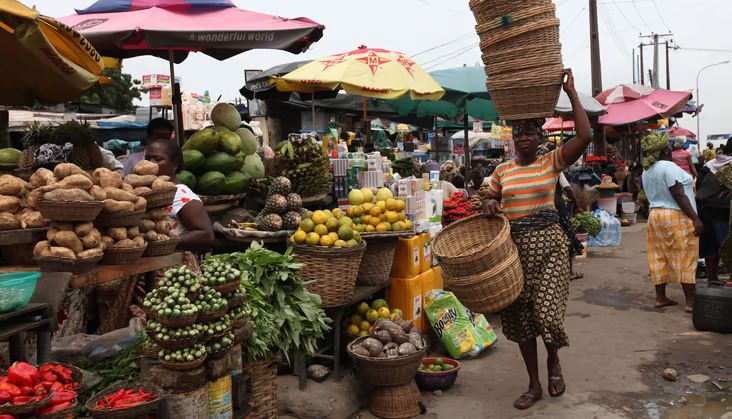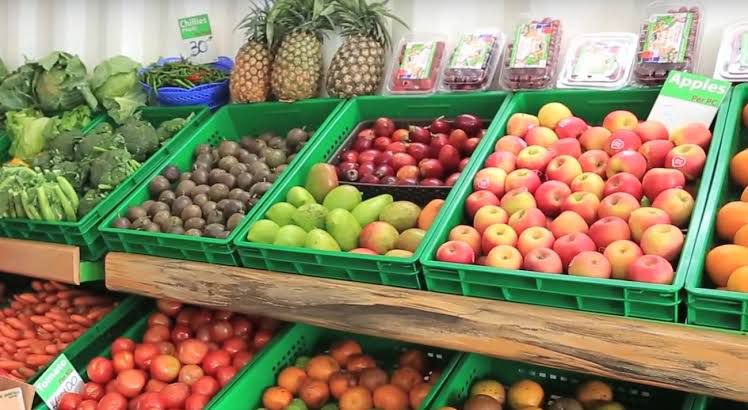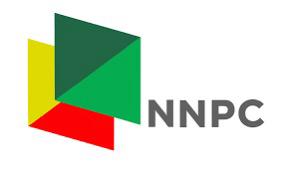Nigeria’s disinflation momentum gained significant ground in September 2025, with the annual headline inflation rate easing for the sixth consecutive month to 18.02%. This marks the softest reading for the Consumer Price Index (CPI) since May 2022, according to the latest data released by the National Bureau of Statistics (NBS) on Wednesday.
The September 2025 figure represents a decline of 2.10 % from the 20.12% recorded in August 2025. This sustained deceleration provides a glimpse of hope for Nigerian consumers who have been grappling with high living costs. The positive trend is largely attributed to the harvest season, foreign exchange (FX) stability, and the effects of the recent base year change for the CPI basket from 2009 to 2024.
Food Prices Drive Disinflation with Rare Monthly Deflation
The most notable factor contributing to the significant drop in the headline rate was the sharp slowdown in the Food Index. The year-on-year (YoY) food inflation rate fell substantially to 16.87% from 21.87% in August.
Crucially, the month-on-month (MoM) food inflation recorded a rate of -1.57%, indicating a deflation—a rare decline in the average price of food items between August and September. This is a strong sign of the impact of the ongoing harvest season, which has increased the supply of farm produce across markets, outweighing persistent structural challenges such as insecurity and transportation bottlenecks.
Core Inflation Continues to Moderate

The Core Inflation rate, which excludes the volatile prices of agricultural produce and energy, also saw a moderation, easing to 19.53% YoY from 20.30% in August. The MoM core inflation rate remained relatively high but stable at 1.42%, a marginal drop from 1.43% in the preceding month. This persistent, albeit slowing, rise in the core index reflects continued structural pressures from imported inflation, exchange rate fluctuations, and higher costs of non-food items like services, transportation, and housing utilities.
Urban and Rural Divide Narrows
While rural inflation remains higher YoY(18.26), the MoM rate in rural areas recorded a more substantial deceleration to 0.67% down from 1.38% in August.suggesting a stronger, immediate impact of the harvest season on food-dependent rural households.
Conversely, the MoMurban inflation rate slightly picked up 0.74% up from 0.49% in August, reflecting the higher influence of non-food items, which are dominant in the core inflation basket.
The continued disinflation is a major win for the current administration’s economic reforms. The Nigerian central bank for the first time in over 5 years had cut its monetary policy rate by 50 basis points in its September committee meeting, from 27.5% to 27% – citing months of “disinflation” and the need to ease rates to allow more consumer spending.

The apex bank monetary policy stance, combined with relative stability in the foreign exchange market, has been cited by analysts as key drivers of the downward trend in 2025.












